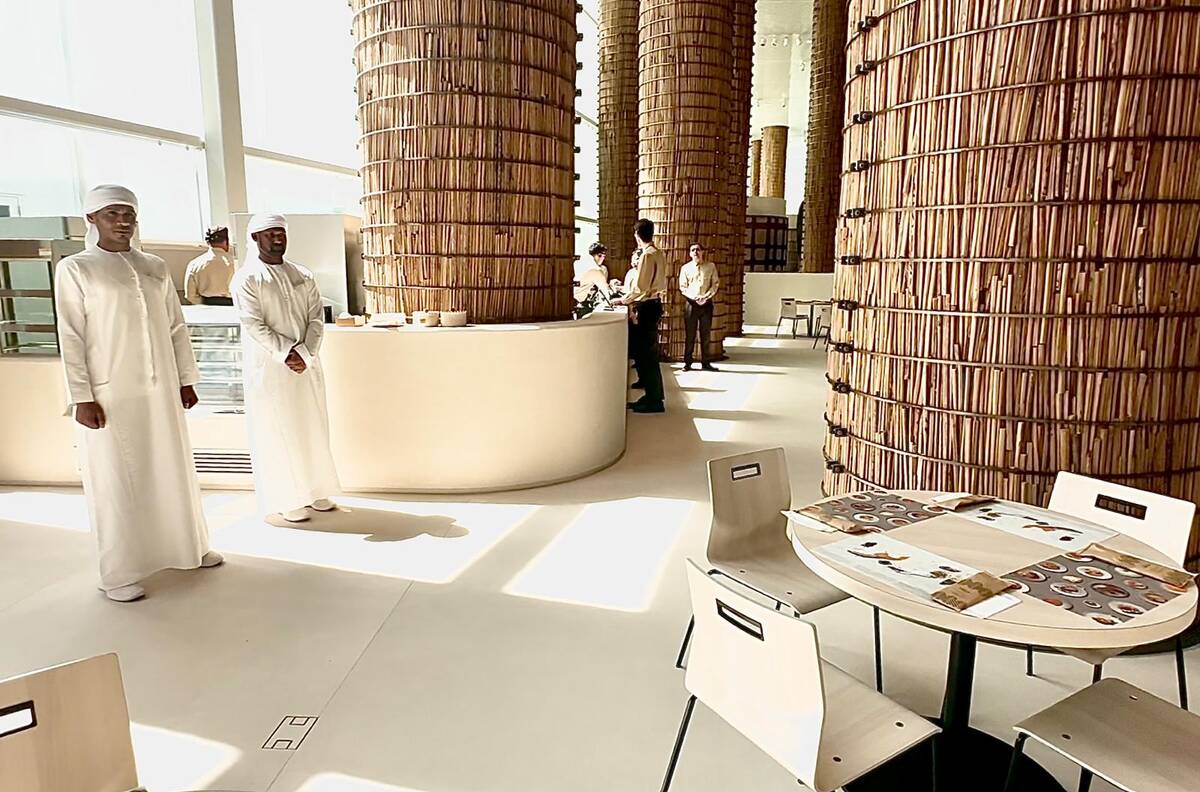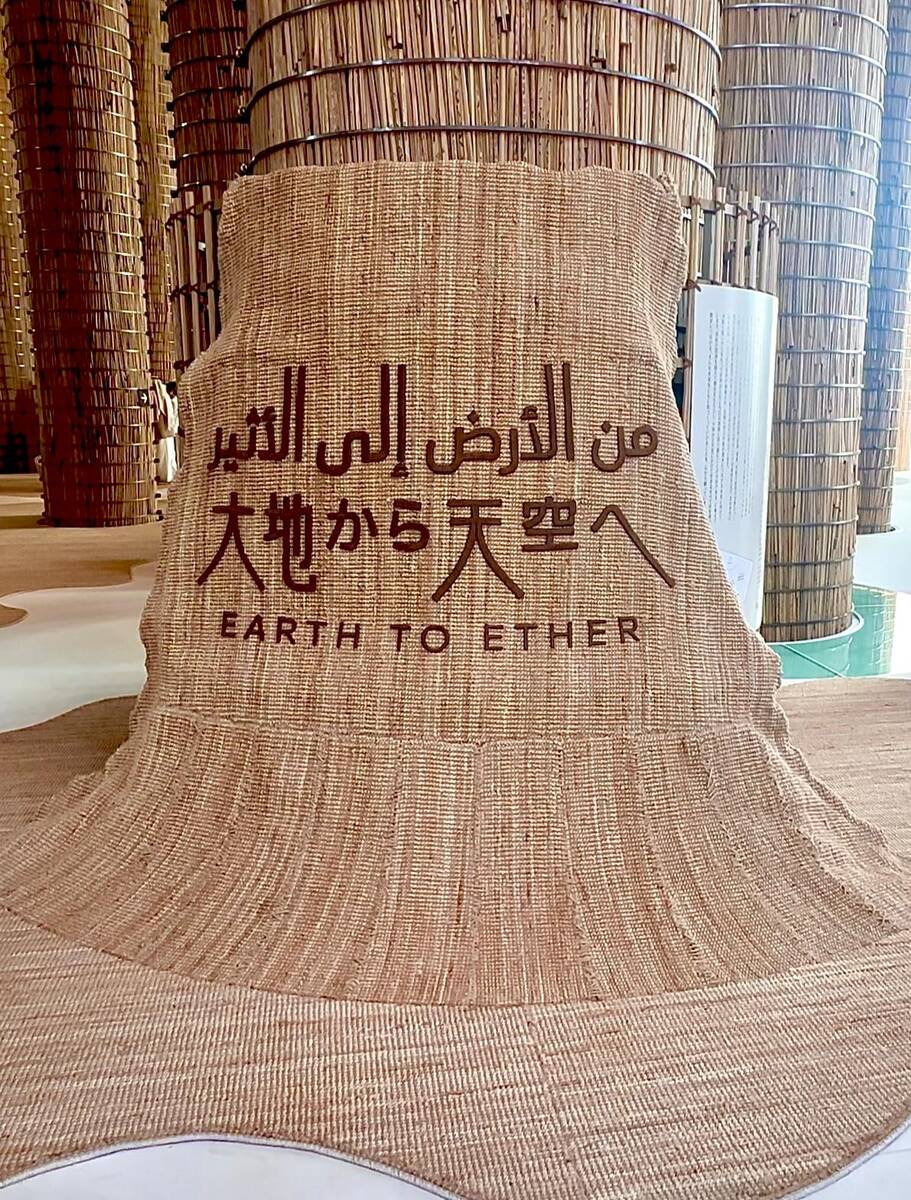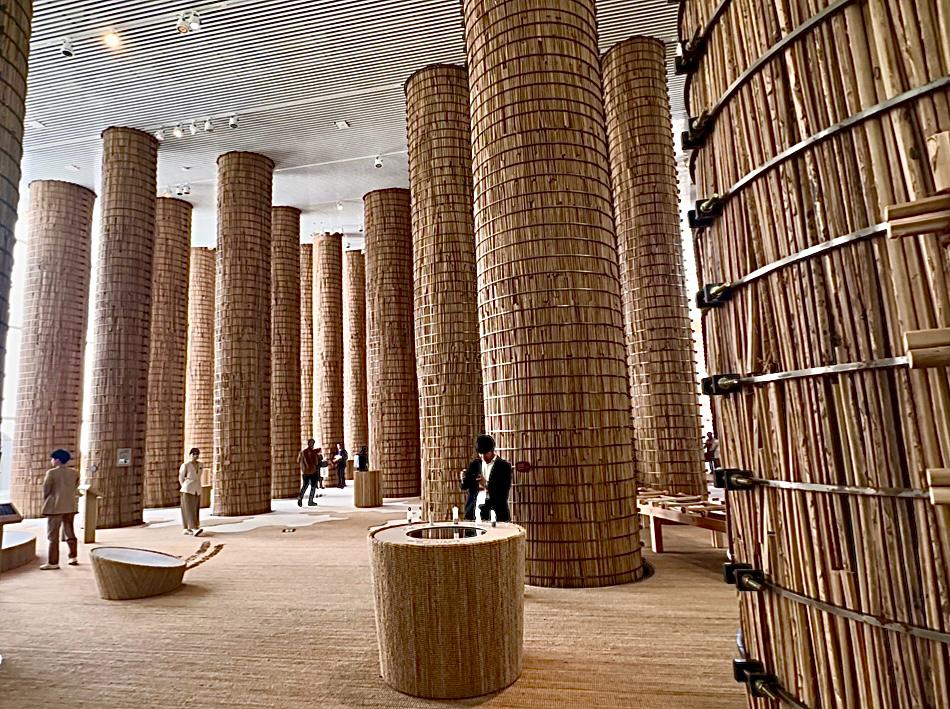JERUSALEM: Over a dozen Israeli settlers attacked a Palestinian village in the southern Israeli-occupied West Bank on Friday, beating residents with sticks and rocks, in an incident captured with rare clarity by security cameras. The video obtained by AP and testimonies from Palestinian witnesses appeared to conflict with the account of the attack provided by Israeli police and military, who arrested over 20 Palestinians afterwards.
The violence in the village of Jinba follows a settler attack earlier this week in a nearby village in which Hamdan Ballal, a Palestinian co-director of the Oscar-winning documentary “No Other Land,” was left bloodied and bruised before being detained by Israeli soldiers for about 20 hours.
The videos provide uncommonly stark images of the type of settler assault Palestinians in the West Bank say now occurs frequently. They say radical Jewish settlers rarely, if ever, face repercussions for attacking Palestinian communities, while Palestinians are often rounded up in droves and detained by Israeli forces.
Settlers descend on Jinba
AP obtained footage from two security cameras belonging to the Al-Amur family, whose home came under attack. Footage from one camera shows a jeep, an ATV and a white pick-up truck speed up to the edge of the village.
A number of settlers pile out of them and run out of the frame, and the screams of Palestinian women can be heard. The settlers then return into view, and at least 15 of them ascend a slope, getting closer to the camera.
Many are masked, at least three are carrying bats or sticks, and one is armed with an assault rifle. One can be seen throwing a rock, then bending to collect more.
The matriarch of the Al-Amur family, Oula Awad, said she saw the settlers approaching her house between 8:00 AM and 9:00 AM, as she was doing laundry outside with her daughter. Her son, Qusai, 17, and husband, Aziz, 63, were washing up to prepare for Ramadan prayers when the settlers pulled up in vehicles and emerged.
“The settler runs toward me and told me, ‘Don’t wave. Do not move forward. We will hit you,’” she said.
In security footage taken from a different camera at the house, she and her daughter, 16-year-old Handa, are seen screaming and waving clothes in the air, calling for help. At one point, Awad makes a motion waving her arms. It is not clear if she throws something at a settler rushing toward her.
The settlers are then seen converging on Qusai. One settler begins hitting him with a stick as he tries to run away. Another settler smashes his head with a rock, sending him to the ground. Four settlers then kick and beat him before running away.
Awad said the settlers locked her and her daughter in a side room as they beat her younger son, Ahmad, and her husband Aziz.
“They entered the room and hit the windows,” said Awad. They tried to burn the furniture. “My husband was standing on the stairs, and they started beating him.”
A video taken by Qusai and shared with the AP showed Ahmad on the ground with a head laceration. Aziz lies nearby, his face bloodied.
Five Palestinians remain in hospitals. Aziz had a chest injury and underwent surgery for skull fractures; Ahmed, 16, is in intensive care. Qusai suffered a broken arm, bruises and cuts. Another villager, Maher Mohammed, had cuts and bruises, as did his son Osama, who was also undergoing kidney examinations.
Nidal Younis, the head of the Masafer Yatta village council, witnessed part of the attack and was detained by police for two hours afterward. He said soldiers who arrived on scene following the attack prevented Palestinians from nearby villages from helping and threw stun grenades at homes, a claim to which the military did not respond.
Police and military provide a conflicting account
Following the incident, Israeli police said they detained 22 Palestinians from the village on suspicion of stone throwing and brought them in for further investigation.
They said Palestinians had attacked two settler shepherds nearby, minorly injuring them.
“The security forces view the series of attacks in the area seriously, and will take strong action to bring those involved to justice,” the police said. They did not respond when asked by the AP why no Israeli civilians were arrested.
The military gave a somewhat different account, saying an Israeli civilian had been attacked and injured by militants near an Israeli settlement.
Then, it said “a violent confrontation developed between a number of Israeli civilians and Palestinians,” injuring another Israeli civilian.
Masafer Yatta was designated by the Israeli military as a live-fire training zone in the 1980s, and the military has ordered the expulsion of the residents, mostly Arab Bedouin. Around 1,000 residents have largely remained in place, but soldiers regularly come in to demolish homes, tents, water tanks and olive orchards.
Palestinians and rights groups say Israeli forces usually turn a blind eye or intervene on behalf of the settlers.
The war in Gaza has sparked a surge of violence in the West Bank, with the Israeli military carrying out widescale military operations that have killed hundreds of Palestinians and displaced tens of thousands. There has been a rise in settler violence as well as Palestinian attacks on Israelis.

































